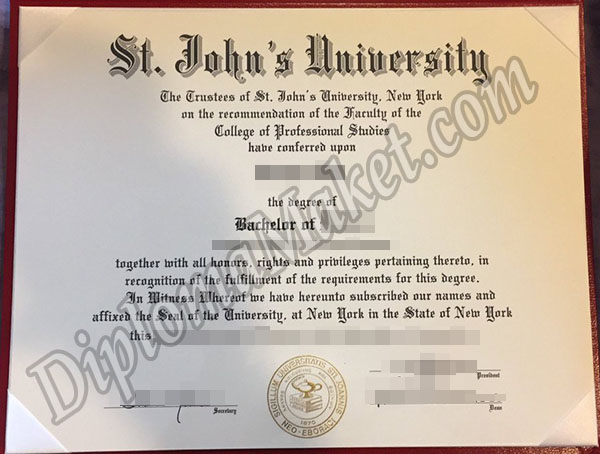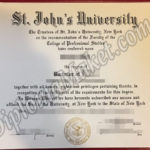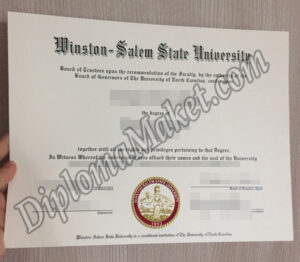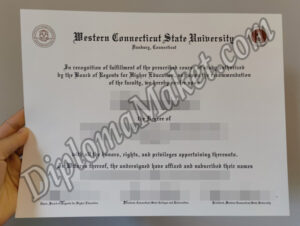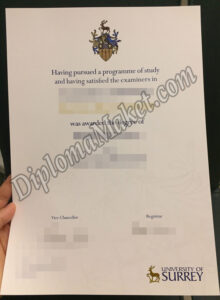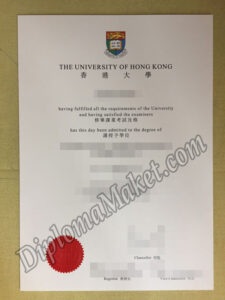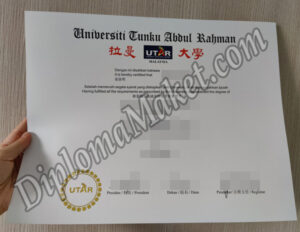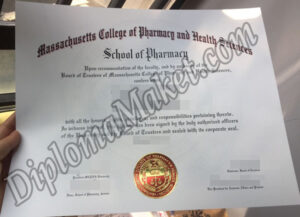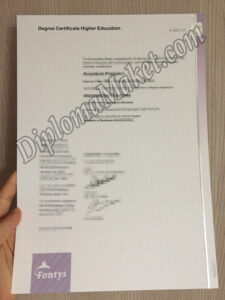Learn How To Start A St. John’s University fake diploma. The university has seen much growth on its campuses in order to attract students from outside the New York area. In 1999, the first dormitory was completed on the Queens campus. As of 2008, the campus now contains seven dorms and a townhouse complex. St. John’s University fake diploma, fake certificate, fake degree, fake transcript. In fall 2016, St. John’s enrolled 21,087 students—16,440 undergraduates and 4,647 graduate students. There were 3,248 new undergraduates—the largest freshman class at any US Catholic college or university. St. John’s University fake diploma, fake certificate, fake degree, fake transcript. Students came from 46 states, the District of Columbia, Guam, Puerto Rico, the US Virgin Islands, and 127 countries. The freshman retention rate was 84 percent. There were 1,461 new graduate students. In 2016, the University conferred more than 4,000 undergraduate and graduate degrees. For fall 2017, St. John’s received 27,000 applications for freshman admission, St. John’s University fake diploma, fake certificate, fake degree, fake transcript, with an anticipated enrollment of more than 3,000 students. The average SAT score of accepted students was 1200, with an average high school GPA of 3.49.
St. John’s Vincentian values stem from the ideals and works of St Vincent de Paul (1581–1660), who is the patron saint of Christian charity. St. John’s University fake diploma, fake certificate, fake degree, fake transcript. Following the Vincentian tradition, the university seeks to provide an education that encourages greater involvement in social justice, charity, and service. The Vincentian Center for Church and Society (“Vincenter.org”) located on the university’s Queens campus serves as “a clearinghouse for and developer of Vincentian information, poverty research, social justice resources, St. John’s University fake diploma, fake certificate, fake degree, fake transcript, and as an academic/cultural programming Center.” St. John’s employs 1,195 full- and part-time faculty members, more than 90 percent of whom possess a doctorate or other terminal degree in their field. The student-to-faculty ratio was 18:1; five University faculty members were featured in The Princeton Review’s “Best 300 Professors.”

